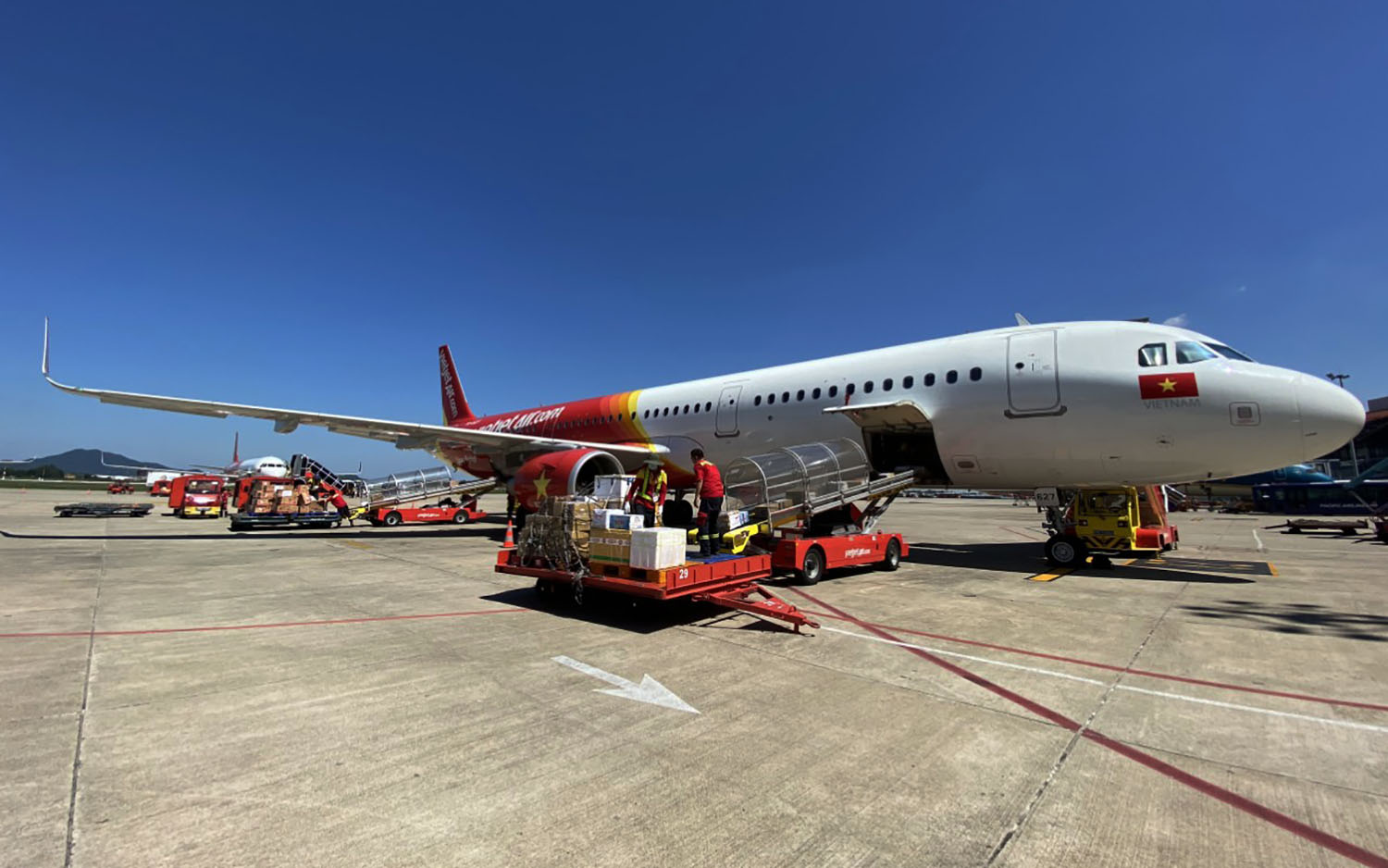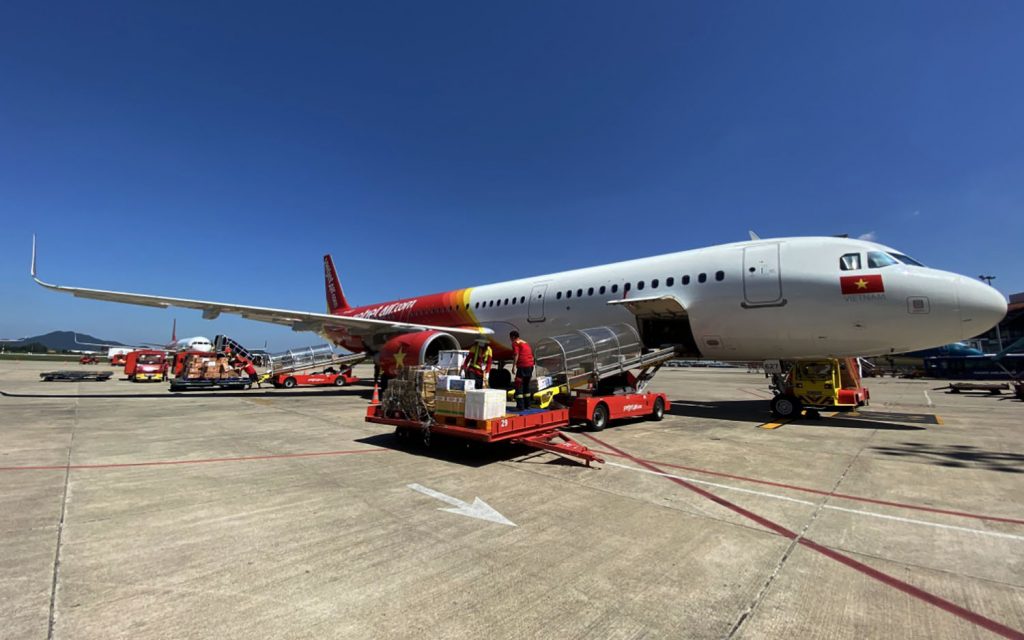

Whilst most carriers in Asia suffered dismal numbers for 2020 after witnessing the collapse of international airline operations brought about by the COVID-19 pandemic, there were some who banked on air cargo to rake in profits despite a challenging year.
For the quarter ended 31 December 2020, Indian express operator Blue Dart posted ₹937.83 million (US$12.8 million) in profit after tax, from the previous year’s ₹330.80 million (US$4.5 million) loss, whilst revenue from operations stood at ₹10,349.22 million.
The company’s sales during the quarter jumped 21 percent year on year on the back of ‘right yield management’ and ‘aggressive cost efficiencies’ and with the help of its frontline staff.
“Blue Dart’s success cannot be discussed without mentioning our Blue Darters who have worked round-the-clock to ensure business continuity and exceptional service quality, both of which have been synonymous with our efforts, especially in 2020,” said Balfour Manuel, managing director.
Being an all-cargo airline paved well for the Mumbai-based carrier as it saw growth with surging shipping demand for e-commerce, consumer electronics, computer IT, pharmaceutical and medical equipment.
“We know and understand that a shipment is very important and matters to our customer, and therefore, it matters to us. This is what helped us survive and thrive in 2020 and this will continue to be our strategy going forward as well,” added Manuel, noting that the carrier acquired two Boeing 757-200 aircraft to stabilise returns and derive economic value for the long term.
In Asia Pacific, air cargo pretty much became the silver lining for airlines despite the lack of capacity, as international demand continued its recovery in December with a year-on-year decline of 6.4 percent from the 19.3 percent drop seen in August 2020, results from AAPA revealed.
For 2020, international air cargo demand fell 15.5 percent and offered freight capacity plunged 24.4 percent, whilst the average freight load factor significantly rose 7 percentage points to 66.4 percent in 2020, with cargo yields offering a welcome boost to operating revenue.
However, the opposite could be said for the passenger side as volume in 2020 represented only 18 percent of the passengers carried in 2019, whilst offered seat capacity was just 19 percent of the levels recorded in 2019.
As airlines faced an existential crisis with commercial passenger operations remaining at a standstill, some carriers that usually relied on travel demand benefited by shifting its focus to air cargo and other revenue.
This was the case for Vietnam’s Vietjet Air which recorded a consolidated after-tax profit of VND70 billion (around US$3 million) in 2020, reporting VND274 billion (around US$11.9 million) in the fourth quarter.
The Vietnamese airline saw 16 percent growth in its cargo operations for 2020, and through interline agreements, the carrier transported cargo for the first time to the US and Europe, which were supposedly on hold for future plans.
Vietjet converted some of its passenger aircraft for freight whilst applying new operational methods to strengthen its cargo capacity. It became the first airline in Vietnam authorised to deploy cargo operations in the passenger cabin (CIPC), delivering more than 60,000 tonnes of cargo internationally, with cargo revenue leaping 75 percent in Q4.
According to its financial statements, ancillary revenue accounted for nearly 50 percent of the airline’s total revenue, which allowed the carrier to offset decreasing air travel revenue.
Apart from making drastic cuts to operating expenses, Vietjet introduced its own ground handling services at Noi Bai International Airport in Hanoi and successfully hedged jet fuel in May 2020, to save 25 percent of fuel costs. It also transferred its investment portfolio and a number of assets accumulated beforehand to gather capital and cash.
The airline said it has resumed its entire domestic network of more than 47 routes and, with its outstanding cost and operation management and innovation, looks to be strong enough to bounce back anytime in 2021.









